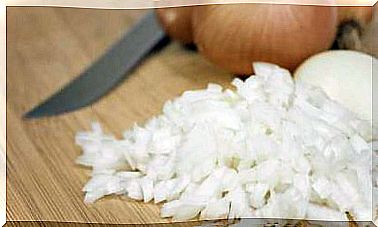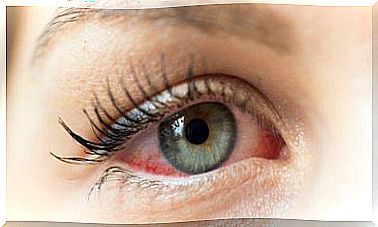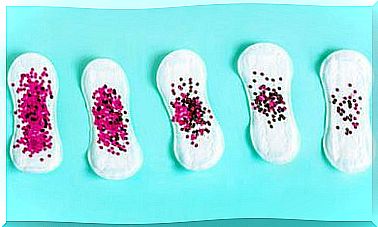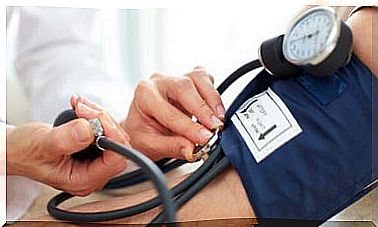Normal Blood Pressure Values
When there are no normal blood pressure values, various health problems can occur. For this reason, it is possible that, in certain cases, the doctor recommends to maintain a control to verify that the values are adequate.
Recall that, as the United States National Library of Medicine explains, l Blood pressure is the force exerted by the blood against the blood vessels as it circulates through them.
Measuring blood pressure is a test that mainly detects arterial hypertension, which is a chronic disease in which the levels are higher than normal.
The Spanish Heart Foundation in its article Why high blood pressure can damage the heart? has specified among the main consequences of hypertension the following diseases:
- Renal problems.
- Myocardial infarction.
- Cerebrovascular accident (CVA).
Systolic and diastolic blood pressure
To indicate a person’s blood pressure, two values separated by a slash are used. The first corresponds to the maximum, systolic pressure, and the second, to the minimum, diastolic. For example: 120/80.
- Systolic pressure (maximum): it is recorded at the moment in which the heart contracts and the pressure of the blood increases against the arterial walls; This is when it reaches the highest pressure peaks. The rise above normal levels of blood pressure is known as hypertension or high pressure.
- Diastolic pressure (minimum): It is recorded when the heart relaxes and decreases the pressure to its lowest point.
Normal blood pressure values

According to the chart currently used by medical professionals and cited in the MedlinePlus medical encyclopedia , the ideal blood pressure for a healthy adult should be around 120/80 mmHg.
Value table
The blood pressure of an individual can be scored as follows, according to the results of measurements:
- Optimal: if the figure is less than 120/80.
- Normal: less than 130/85.
- Normal-high: ranges between 130-139 / 85-89.
- Light: it is between 140-159 / 90-99.
- Moderate: around 160-179 / 100-109.
- Severe: is greater than 180/110.
How measure blood pressure?

First, you have to adopt a comfortable and relaxed posture. You must be calm; otherwise, the levels may change and not show a true-to-life result.
Sit down, relax for a few minutes, stretch your arm and rest it on a table. Your doctor will use a device called a blood pressure monitor to measure your blood pressure. To do this, you will wrap the cuff of the blood pressure monitor around your arm. It must be in contact with the skin for the measurement to be reliable.
After a few seconds, the cuff will deflate and you can remove it. For a measurement according to reality, it is essential not to have previously performed physical exercise or to have ingested substances that alter the nervous system.
Pulse
Specialists define the pulse as the rate of the heart rhythm, that is, the number of beats per minute. Measurement of the pulse, along with that of blood pressure, is an important method for evaluating the functioning of the cardiovascular system.
The pulse can be felt with the tip of the index finger on the inside of the wrist or on the neck, near the tonsils, where the carotid arteries are located. A pulse of 70 indicates that the heart beats 70 times per minute.
Through the pulse, the doctor may notice:
- If there are arrhythmias.
- What is the speed at which the heart beats.
- If the heart beats rhythmically and steadily.
- What is the filling capacity of the blood vessels.
Normal resting pulse values differ according to age and physical fitness. An athlete’s resting pulse is lower than that of an untrained adult.
Normal heart rate values based on age
- Newborns: 140 beats per minute.
- 2 years: 120 pulses per minute.
- 4 years: 100 pulses per minute.
- 10 years: 90 pulses per minute.
- 14 years: 85 pulses per minute.
- Adult male : 62-70 beats per minute.
- Adult female: 75 pulses per minute.
- Elderly: 80-85 beats per minute.
Recommendations to prevent hypertension

First of all, the reputable medical site WebMD points out that diet is a determining factor in preventing hypertension. It would be essential to eat a healthy, balanced diet rich in protein, fresh fruits and vegetables, as well as avoiding refined sugars and saturated fats.
On the other hand, exercise is highly recommended. It would be essential to exercise for at least 30 minutes a day, depending on the age, weight and physical condition of the person. An article titled Exercise Tips for Those With High Blood Pressure suggests that exercise would help lower blood pressure levels.
In the same way, doctors consider it vitally important to control the amount of salt that is added to meals and to avoid the consumption of alcohol and tobacco. Also, it is advised to minimize the consumption of red meat and fatty foods.
Controlling blood pressure is possible
By following these tips, you will achieve normal blood pressure values and avoid, a priori , worrying about problems related to the heart or circulation. Keep in mind that high blood pressure in the adult population is the most common cardiovascular risk factor.
In short, it is important to take care of yourself, eat properly and rest the hours necessary to lead a healthy life in all aspects.









